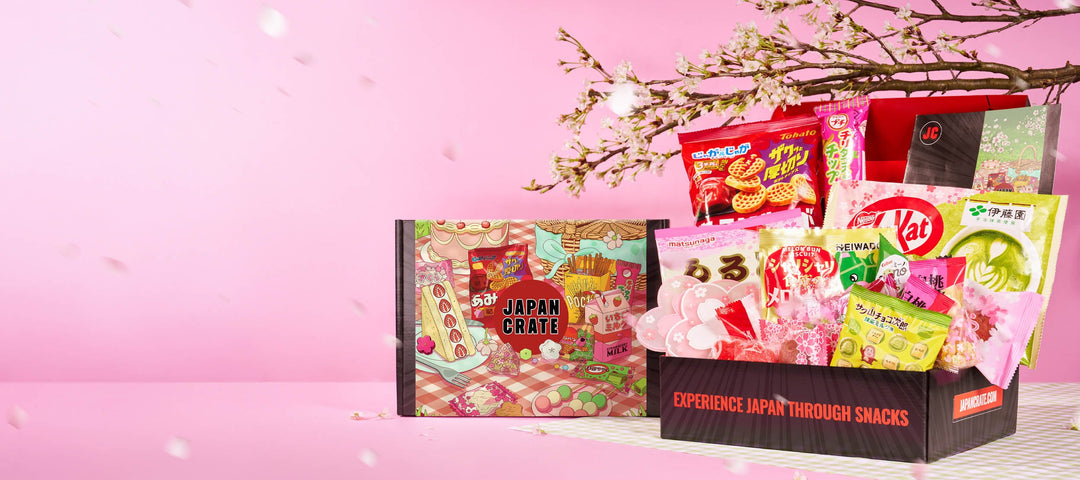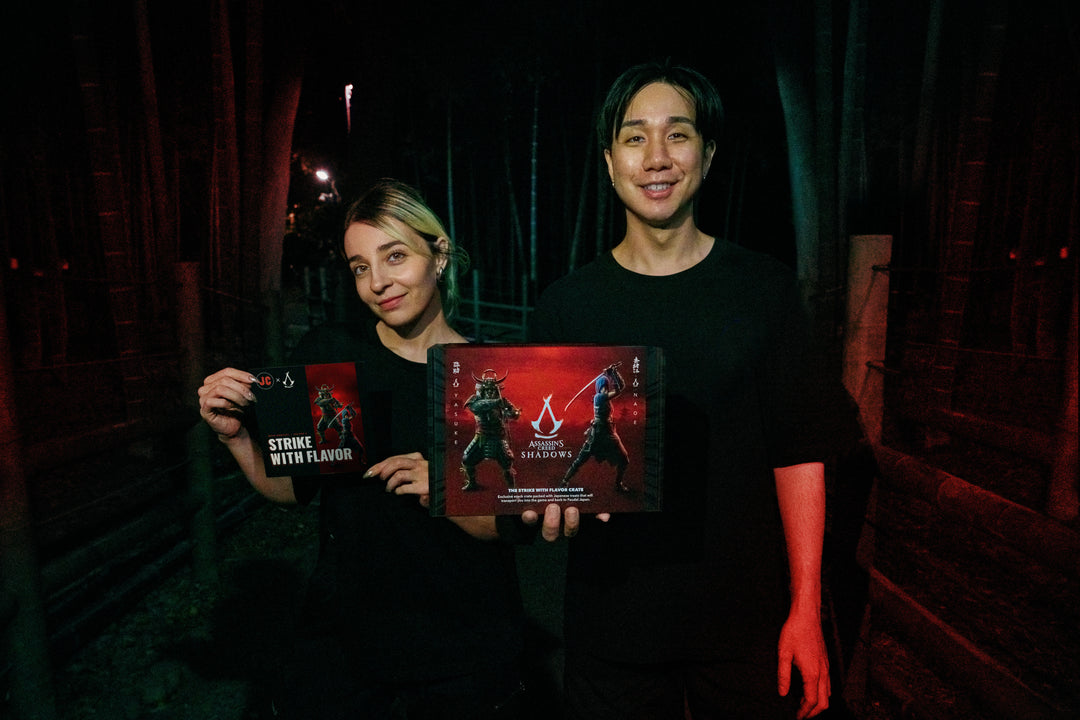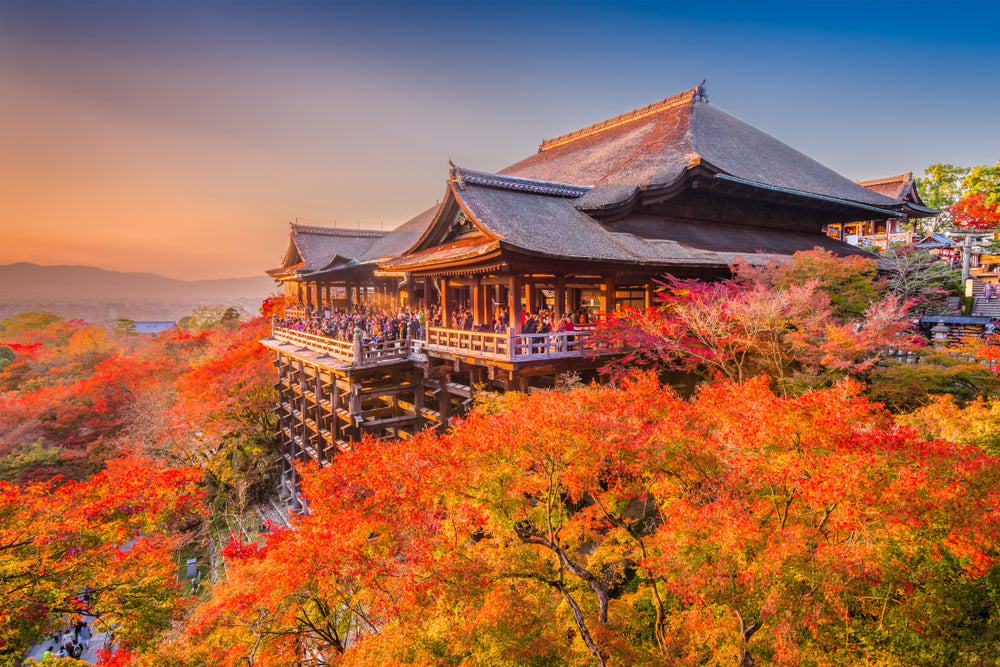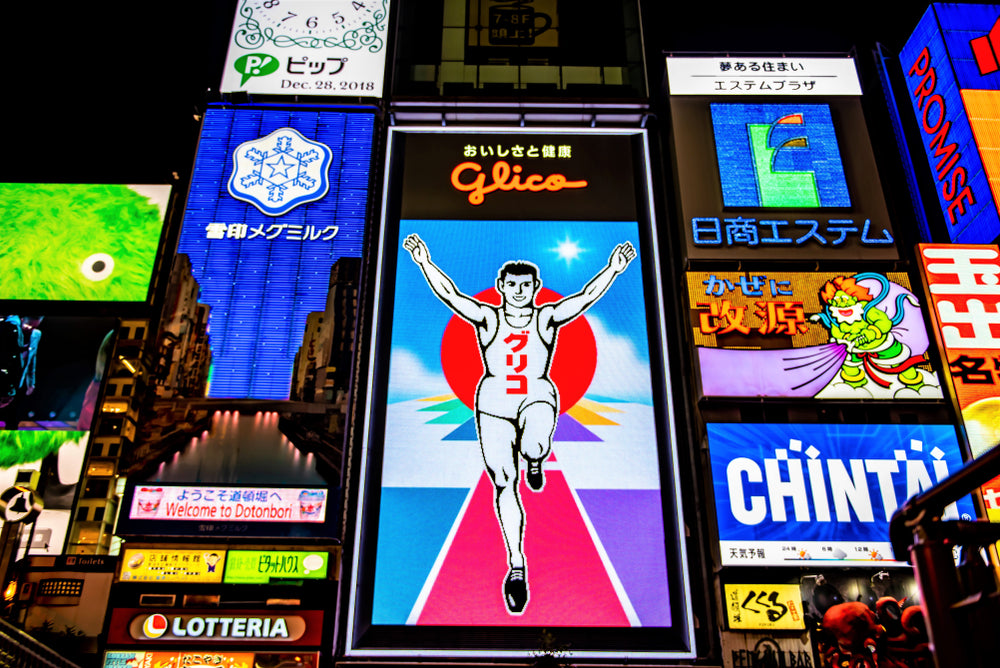The Language of Love: Understanding Japanese Love Expressions and Customs
While the language of love is the same worldwide, how each culture expresses its love varies quite a bit. Specifically, love in Japanese culture is quite different from Western displays of love. In Japan, it's not common to see Japanese people holding hands or kissing in public, as it's often looked down upon. However, that doesn't mean couples can't express romantic feelings publicly.
Let's learn Japanese love expressions and customs, so you can share romantic love with your significant other while in Japan.
Introduction: The Unique Tapestry of Love in Japanese Culture
There are a few different Japanese ways of expressing love that helps you announce your feelings to your crush or significant other, from thoughtful actions to romantic phrases. If a Japanese person wants to express romantic interest in someone, they can tell the other person suki desu, meaning I like you.
Of course, there are other ways to show love, such as Japanese relationship traditions. For example, many Japanese people believe in fugenjikko, which means actions speak louder than words. To show they have a romantic or passionate love for someone, they will plan dates according to the other person's interests, give meaningful gifts, and spend quality time with their significant other.
These are only a few ways to express yourself via the Japanese love language.
The Art of 'Kokuhaku': Japan's Ritual of Love Confessions
If you want to take your relationship to the next level, kokuhaku (告白) is one of the Japanese love expressions you will want to incorporate into your dating life. Kokuhaku is a confession of love that signals you're ready to be in a serious relationship with your significant other. The word kokuhaku translates to "tell" and "white". In this case, white refers to being open, so you're being open about your feelings.
After kokuhaku is announced, the other person will hopefully feel the same way. Then, the couple will be officially girlfriend and boyfriend. In some cases, a kokuhaku can signify you want to marry the other person. If that's the case, the next steps will include meeting each other's family and beginning wedding planning.
'Rabu Retaa': The Enduring Charm of Traditional Love Letters
Japanese love letters (also known as Rabu Retaa) have been a part of Japanese culture for quite a while. In the days of Japanese matchmaking, letters were sent from the men to the women with scented sachets. There were no meetups before getting engaged and married. Instead, women were expected to pick their future spouses solely on the attached scent and the words of their suitor.
Since then, love letters have remained an excellent way of expressing love in Japan. However, in recent years, they have been on the decline. Like in America, more correspondence has shifted to loving emails and texts. However, you can still express your love through a Rabu Retaa if you choose.
Understanding 'Giri Choco' and 'Honmei Choco' in Valentine's Day Celebrations
On Valentine's Day, Japanese women gift chocolates to all the significant men in their lives (including their coworkers and bosses). If a woman does not have a romantic relationship with a man, she will gift him giri choco, also known as obligatory chocolate. It's typically more affordable and signifies appreciation. If a woman wants to express her feelings to a crush or significant other, she'll gift more luxurious chocolates called honmei choco. These chocolates are typically love-themed and pricier than giri choco.

White Day: The Answer to Valentine's Day in Japanese Tradition
Another of the main cultural differences you'll see in Japan is White Day, an answer to Japan's Valentine's Day. On White Day, it's the men's turn to reciprocate gifts to women. This day allows men to confirm if they share romantic interests with a woman or show appreciation for their established significant other. Men are expected to spend 2-3 times the cost of the gift received on Valentine's Day. If this cost amount is not met, it's considered a rejection by the man.
'Aishiteru' and Beyond: Expressing Love in Japanese Language
As mentioned, Japanese couples will also use their language skills (aka communication) to express love. One way to do so is by telling your significant other phrases like aishiteru (愛 し てる), similar to saying I love you. However, it's worth noting this is meant for a more serious, profound love. So, reserve this expression for serious relationships.
You can also say daisuki da (大 好 き だ), which is another way to announce your feelings. The main difference between aishiteru and daisuki da is that the latter is more of a casual language. You can tell someone that you're dating daisuki da if you like them a lot. Anata is another way to express your love for your partner, often used by a married couple to refer to their partner.
Public Displays of Affection: Navigating Love in Japanese Society
In Japan, seeing PDA (public displays of affection) is not as common. While they're not illegal, they're often met with disapproving looks, especially in more rural areas. If you spend time in larger cities, like Tokyo, you'll more commonly see couples holding hands and kissing. However, it's taboo to show PDA in more crowded areas like on trains. Most couples will save their hand-holding and kissing until they're in private.
Japanese Dating Culture: From Group Dates to Online Matchmaking
Japan's unique dating culture is quite different from dating in the Western world. For example, couples do not date casually in Japan. Having three dates in Japan is common before becoming a girlfriend and boyfriend.
A common way for people to meet is known as goukon, which means group date, similar to speed dating. However, these group dates typically involve friend groups. Often, they're organized so one person's single friends can gather and see if there is a spark.
Another way to meet people in Japan is through online matchmaking using sites like Omiai. These sites set up introduction dates between matches, intending that the couple will get married if the date goes well.
Romantic Milestones: From the First Date to 'Kokuhaku'
Dating is quite straightforward in Japan, unlike in other areas. For the first date, it's typically only a few hours where the interested parties get to know each other over dinner. If both people like each other, they will initiate a second date, typically a longer activity lasting all day. On the third date, the couple will usually get dinner again. The third date is when the kokuhaku typically occurs. If it's accepted, the two individuals become an official couple.
The next big step in Japanese dating is when the couple meets each other's families at an engagement ceremony. This often signifies that they want to get married in the future. During this ceremony, the families will exchange gifts and let the couple know whether they approve of the marriage. The final step is getting married, usually about a year after the engagement ceremony.
The Role of Romantic Gestures and Gift-Giving in Japan
Another option for Japanese love expressions is romantic gestures and gift-giving. While this can be done between male and female friends (or female to female friends) as a sign of appreciation, it's also common for couples to express their affection with these methods. Since actions speak louder than words in romantic relationships, meaningful gifts and quality time are important signs of affection. These can be offered throughout the year and during special occasions (like Valentine's/White Day).
Love in Japanese Media: Influences of Anime and Drama on Romance
Often, romance in anime is more subtle than in Western shows, which could be the reason Japanese couples are slower to initiate affection. For example, in many animes, it can take over one season for characters to realize they have feelings for each other. Once they realize they have feelings, it can take another season for the characters to announce these feelings for each other. This is similar to how Japanese people move in romantic relationships. Even when they are already official couples, it can take a long time for them to feel comfortable holding hands and kissing (depending on how shy each person is).

Cross-Cultural Comparisons: Japanese Romantic Traditions vs. Western Practices
As mentioned, there are quite a few differences between Japanese romantic traditions and Western practices. For one, dating in Western culture can be confusing as many types of romantic relationships exist. However, in Japanese culture, there are straightforward rules that ensure both parties know what to expect. Additionally, it's not as common to see matchmaking occur in Western culture. However, there are some Westerners who use matchmaking services.
Seasonal Love Celebrations: Japan's Romantic Festivals and Events
While Japanese people offer Japanese love expressions via actions and words, they also make their significant other feel special on romantic holidays. For example, couples will show appreciation for each other on Valentine's Day and White Day.
Other holidays are commonly seen in Japanese culture as romantic, like Tanabata, also known as the star festival. This festival is based on the legend of "star-crossed lovers" who neglected their duties, which left their elders to separate them except for one night every year. On this night, the two stars representing the lovers (Altair and Vega) are allowed to be close, which those celebrating the festival can witness in person.
Unlike Christmas Eve in Western cultures, which usually focuses on family time, it's considered a romantic holiday. It's considered the most romantic holiday of the year. During this day, couples will go on dates. Many people in Japan won't even leave the house on Christmas Eve if they don't have a date!

Future of Love in Japan: Evolving Traditions and Younger Generations
As mentioned, things are shifting in Japan regarding Japanese love expressions. Where people would never show PDA, now it's slowly becoming more common in larger cities. Love letters are becoming a thing of the past as love texts/emails/online messages have become more acceptable for couples. Engagement ceremonies are also not occurring as often in Japanese dating culture. The drastic decline of arranged marriage percentage since the 1940s. With these changes happening with the younger generation, it seems like Japan may become more similar to Western cultures regarding dating.

Conclusion: Embracing the Heart of Japanese Love Traditions
While PDA is uncommon in Japan, Japanese love expressions and customs offer alternative ways to make your feelings known. Besides trying to decipher body language, the methods mentioned above will allow your partner to know your true intentions. These unique offerings of love make a relationship even sweeter.
You can also create sweet memories with your significant other with a Japan Crate subscription. Each box has 15-18 snacks, sweets, prizes, and more. The current theme is Box of Love 2.0, which focuses on Japanese romance. It's the perfect option for Valentine's Day, White Day, or a gift to show appreciation for your sweetheart!

Author Bio







Leave a comment